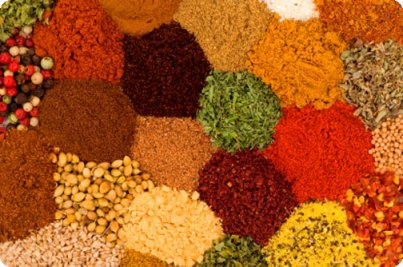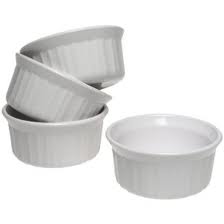Oh, my. It seems I’ve been remiss in my blogging duties. The end of February and the entire month of March have been…interesting. The family has had several medical emergencies (including a very bizarre snowboarding injury on the part of my dear brother, and a trip to a Vancouver hospital for my sister) and for myself, no luck at all in my “quest to digest.” In fact, it’s gotten to the point where food and I give each other dirty looks. I’ve discovered that strictly paleo eating is not quite sufficient for me, though the high-protein content gives my brain an awesome boost. No, it seems that some bland hardcore carbs are required for my system to experience “less pain”, for reasons I don’t comprehend. So, rice it is. Also, bulghur wheat in the form of a mostly-veggie tabouli salad, which actually sat rather nicely in the ‘ol stomach. Don’t hate me for going to the dark side, paleo peeps 😉
But, never fear, fellow C. Diff. survivors, I continue to experiment! For the last week, I’ve reduced my portion sizes to about 3/4 of a cup at a time, and eaten more frequently. I’ve also changed my habit of drinking a lot of water with my meals, and drink small cups of it in between instead. The goal of all this is to induce as little actual expansion of my stomach as possible at any given time, while preventing starvation. This has resulted in the occasional reduction of abdominal swelling, but not much reduction in pain. It has also resulted in my being very thirsty all the time, since I haven’t yet figured out how to get enough water into my body in between frequent tiny meals – I always seem to have an unquenchable thirst for water, even if I’ve already downed what common knowledge says should fulfill my daily requirement.
And on the 30th of April, I finally have an appointment with a general surgeon. Hopefully he will decide to do a little laparoscopic exploring, or SOMETHING more helpful than an x-ray, which is all anyone has done so far. With a diagnosis, I may be able to find a treatment – wish me luck!
Also, for those of you who are Canadians, I’ve heard rumors of a new study being put together on the long-term effects of C. Diff. infections. I’ve told my doctor I’d like to be enrolled if I qualify, but he’s away for a few weeks, so I haven’t had any news on that front. If you’re interested, ask your doc – I couldn’t find any info about it on the net, but the docs seem to be in the know.
Cheers, friends.








